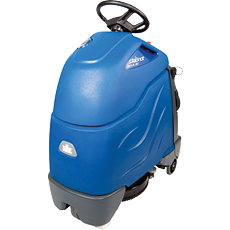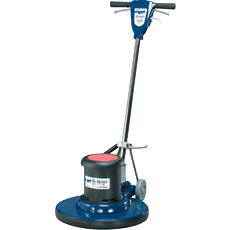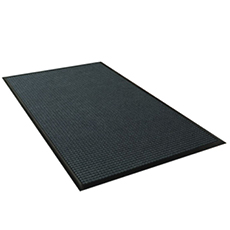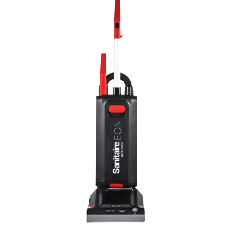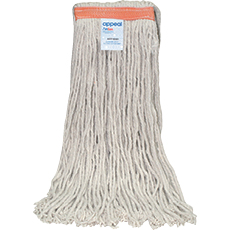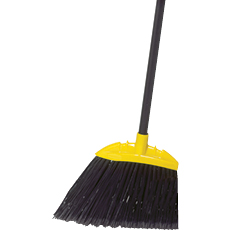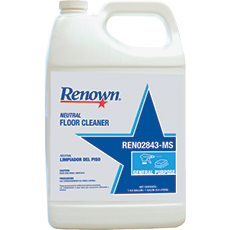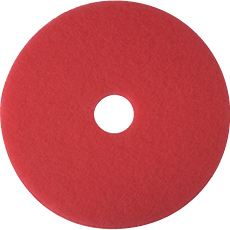
Having clean floors does more than improve the overall image of your school. It is a key component to keeping your school safe and healthy for staff and students. Your facility’s floors require daily care, but they also need extra attention periodically. Read our tips below to learn more about how to care for your floors.
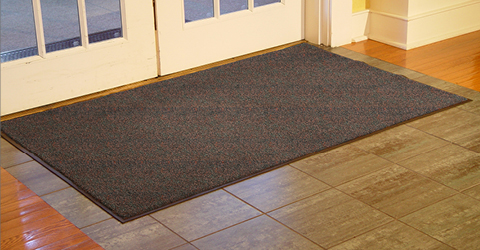
Entrances
Facilities with foot traffic of up to 1,000 people per day will have approximately 24 pounds of soil tracked in during a 20-day period, so schools without proper entrance matting will have a hard time keeping floors clean. Matting also is beneficial to IAQ as it allows users to wipe their feet, which prevents particulates from entering the air inside of a building. Be sure your school has matting at each entrance and other major high-traffic areas. These areas should also be swept, vacuumed and spot cleaned often to preserve their lives and efficacy.
Hallways/Classrooms
These high-traffic areas need extra attention. Daily sweeping and dust mopping, along with nightly wet mopping with a neutral floor cleaner, keep floors clean during the busy school week. Periodic scrubbing and burnishing should be scheduled over weekends or extended breaks to allow for ample ventilation. Stripping and refinishing should be conducted during spring and summer breaks to remove ice melt chemicals and embedded dirt that winter weather leaves in its wake.
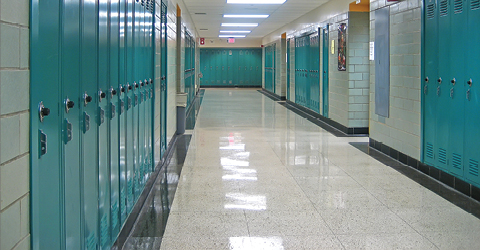
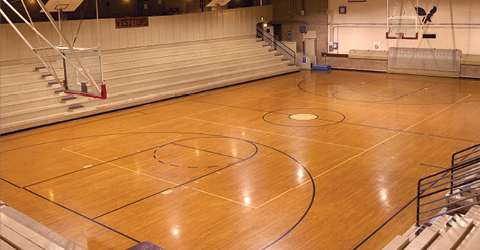
Gymnasium
Gym floors made from wood, synthetic material or a resilient vinyl tile require proper maintenance to ensure years of use by staff and students. Daily sweeping with a high-visibility sweeping compound removes dirt and fine particles that athletic shoes leave behind. Adding mats outside and inside entrances and in locker rooms helps preserve the floor’s finish, reduce soil, mud and water, and make cleaning the floor more efficient year-round.
Restrooms/Locker Rooms
Cleaning restrooms and locker rooms in detail is especially important because bacteria found in these close-quarter areas can spread easily to quickly pose a serious health threat to students and staff. From germs for the common cold and the flu to life-threatening Methicillin-resistant Staphylococcus aureus (MRSA), there are a number of germs that can affect athletes and others1. Make sure to clean these areas frequently with proper sanitizing and disinfecting products to reduce the spread of illness.
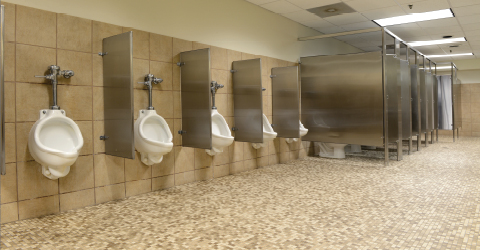
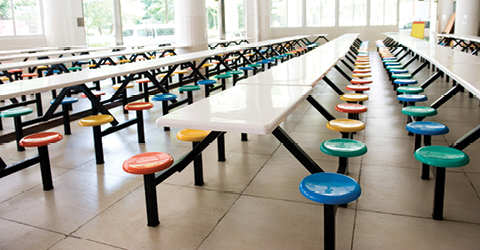
Cafeteria/Kitchen
Grease from cooking and eating can make floors in these areas especially slippery, increasing the risk of injuries from falls. Also, because staff and students are always on the move, the food and grease picked up in these areas can easily be transferred to other areas. In addition, food and beverages make these floors more prone to odor issues. Protect staff, students and guests while eliminating odors with the proper degreasers and floor cleaners.
Carpeted Areas
Properly maintained carpeting can last up to 10 years or more2. It also contributes to improved indoor air quality by keeping particulates like dust and allergens out. In addition to daily vacuuming, low-moisture cleaning products and spot treatments are best for periods when classes are in session. Holiday and summer breaks are perfect times for hot water extraction to remove deep-down soil and residue that other cleaning methods leave behind.
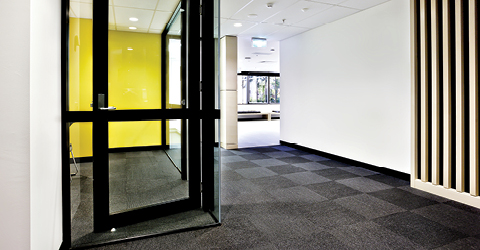
Shop Floor Care Products
1 Cleaning School Floors: Cliffs Notes for Distributors. Retrieved from www.nycoproducts.com
2 Mesko, Dave. (2014, August 5). Start the School Year Right. Retrieved from www.issa.com



